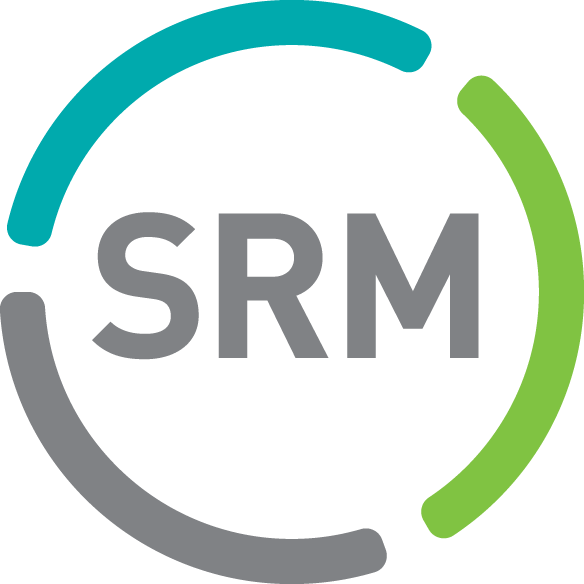
Tactical Pillars for Quick Wins in the Challenging Operating Environment
Brought to you by Strategic Resource Management

The challenges of 2020 included a landslide of changes in financial services, and the sheer effort by banking professionals to keep operations running was nothing short of historic.
Although there will be some reversion to prior habits, consumers in 2021 have new expectations of their banks that will require more heavy lifting. This comes at a time when many banks in the U.S. are engaging in highly complex projects to redesign their branches, operations and organizational charts. Fortunately, there are some quick win tactics that can support these efforts. Consider the following three “pillar” strategies that offer short-term cost savings and guidelines to set a foundation for operational excellence.
Portfolio Rationalization
Portfolio rationalization need not involve product introductions or retirements. But, given the changing consumer landscape, executives should consider taking a fresh look at their bank’s product portfolios. Due to the many changes in accountholder behavior, certain cost/benefit dynamics have changed since the pandemic began. This fact alone makes re-evaluating and recalibrating existing portfolio strategies a matter of proper due diligence. Rationalizing the portfolio should include revising priorities, adding new features and reassessing risk profiles and existing project scopes.
Process Re-Engineering
Banking executives have been under tremendous pressure recently to quickly implement non-standard procedures, all in the name of uninterrupted service during socially distanced times.
Though many working models will see permanent change, it is critical to optimize these processes early for long-term efficiency, security and customer experience. As the digital curve steepens, banks will need to map out the customer journey across all digital channels to remain competitive. Some process re-engineering methods include eliminating workarounds, streamlining processes and updating legacy policies that are no longer relevant.
Intelligent Automation
Banks are increasingly leveraging technologies classified under the umbrella of intelligent automation. These include machine learning, robotic process automation and artificial intelligence – all of which have become especially relevant to deal with multiple types of high-volume, low-value transactions. Automated workflows remove the clerical aspects of the process from the experts’ plates, allowing them to focus time and energy on more high-value activities. When executed well, intelligent automation works alongside humans, supplementing their expertise rather than replacing it. For example, areas like fraud and underwriting are becoming increasingly automated in repetitive and known scenarios, while more complicated cases are escalated to personnel for further analysis.
Supplier Contracts
Auditing invoices for errors and evaluating vendor contracts might be the last place a banker would look to establish a quick win. However, our benchmarks suggest they can be a critical stepping-stone to bottom-line opportunities. Existing vendor contracts often include inconsistent clauses and undetected errors (such as applications of new pricing tiers missed, etc.). Eventually, minor errors can creep into the run rate that adds up over the years to significant dollar discrepancies. With extensive due diligence or someone in the know, it’s possible to find a six to seven figure lift, simply by collecting intelligence on the prevailing market rates, the available range of functionality and reasonable expectations for performance levels.
While the financial services industry has been keeping operations running uninterrupted, there is no time like the present to optimize operating processes. Accomplishing a few results early on can free up resources and support long-term gains. Executives should take the time now to optimize operating model structures in order to brace for what comes next. Looking into the increasingly digital future, consumers will continue to expect banks to reinvent and build up their operating models to greater heights.


